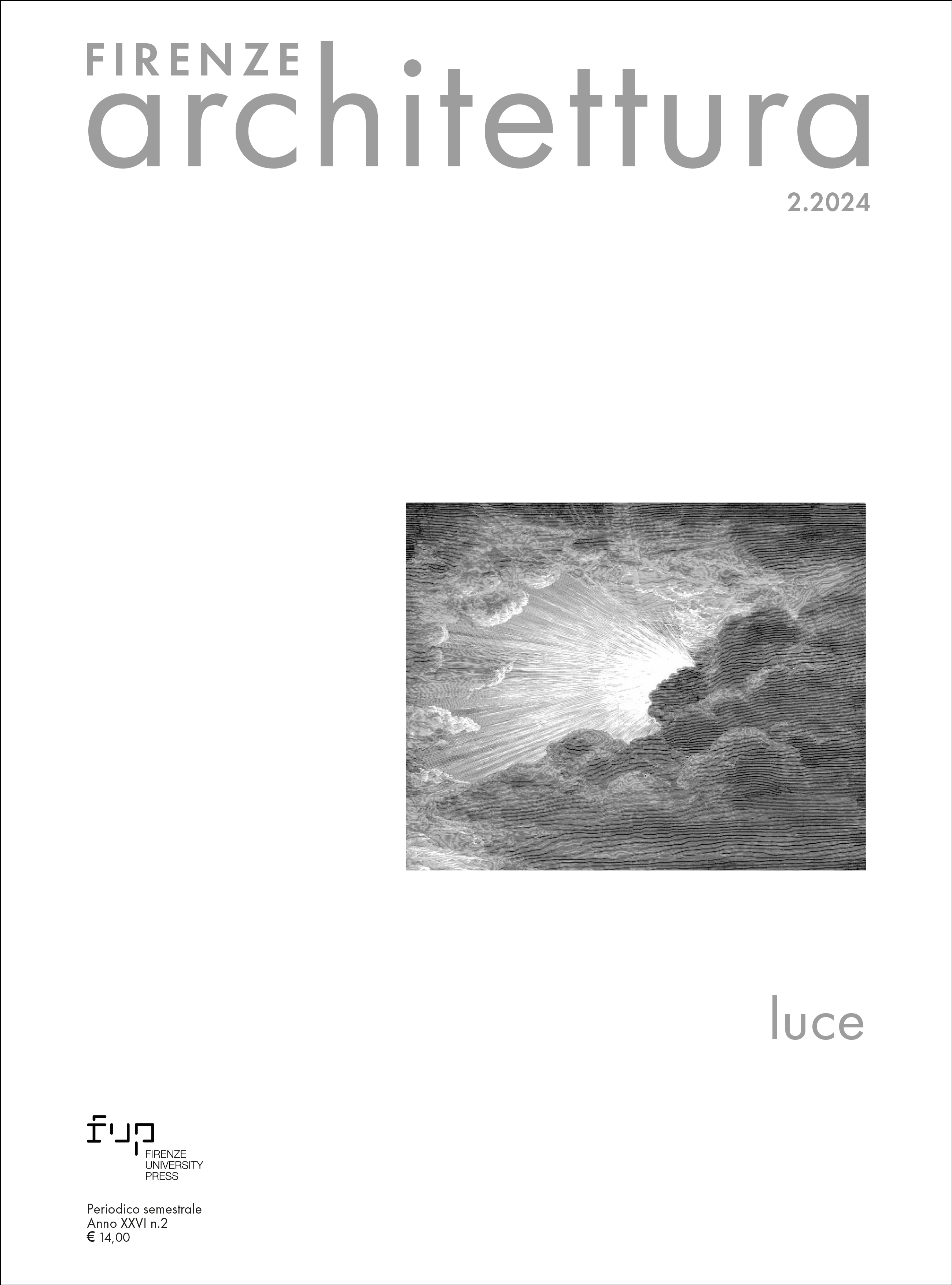Published 2025-04-29
Keywords
- Light,
- Concinnitas,
- Non-Otherness,
- Alberti,
- Cusano
How to Cite
Copyright (c) 2025 Ettore Rocca

This work is licensed under a Creative Commons Attribution-ShareAlike 4.0 International License.
Abstract
Per Nicola Cusano. Dio, la luce, è nella cosa visibile non come ‘altro’ dalla cosa, come detto finora, bensì come ‘non altro’ dalla cosa. ‘Non-altro’, così come ‘luce’ e ‘posse ipse’, è uno dei nomi di Dio. Dal punto di vista di Alberti, la forma bella non viene illuminata da una luce esterna; al contrario, è la forma stessa della bellezza a rilucere grazie a quel principio, Senza schiacciare Alberti su Cusano, Alberti su Cusano, gli spunti indicati dimostrano che la riflessione di Alberti sulla concinnitas come splendore può trovare il suo approfondimento teorico in Cusano.
For Nicholas of Cusa’s, the light is in the visible thing not as “other” from the thing itself, but rather as “non-other” than the thing. “Non-other”, like “light” and “posse ipse”, is one of the names of God. From Alberti’s point of view the beautiful form is not illuminated by an external source of light; it is, on the contrary, the form itself of beauty which shines as a result of the said principle. Without forcing Alberti’s ideas onto Nicholas of Cusa’s, yet the points raised suggest that Alberti’s idea of concinnitas as splendour can be further explored and developed within Nicholas of Cusa’s theory.

